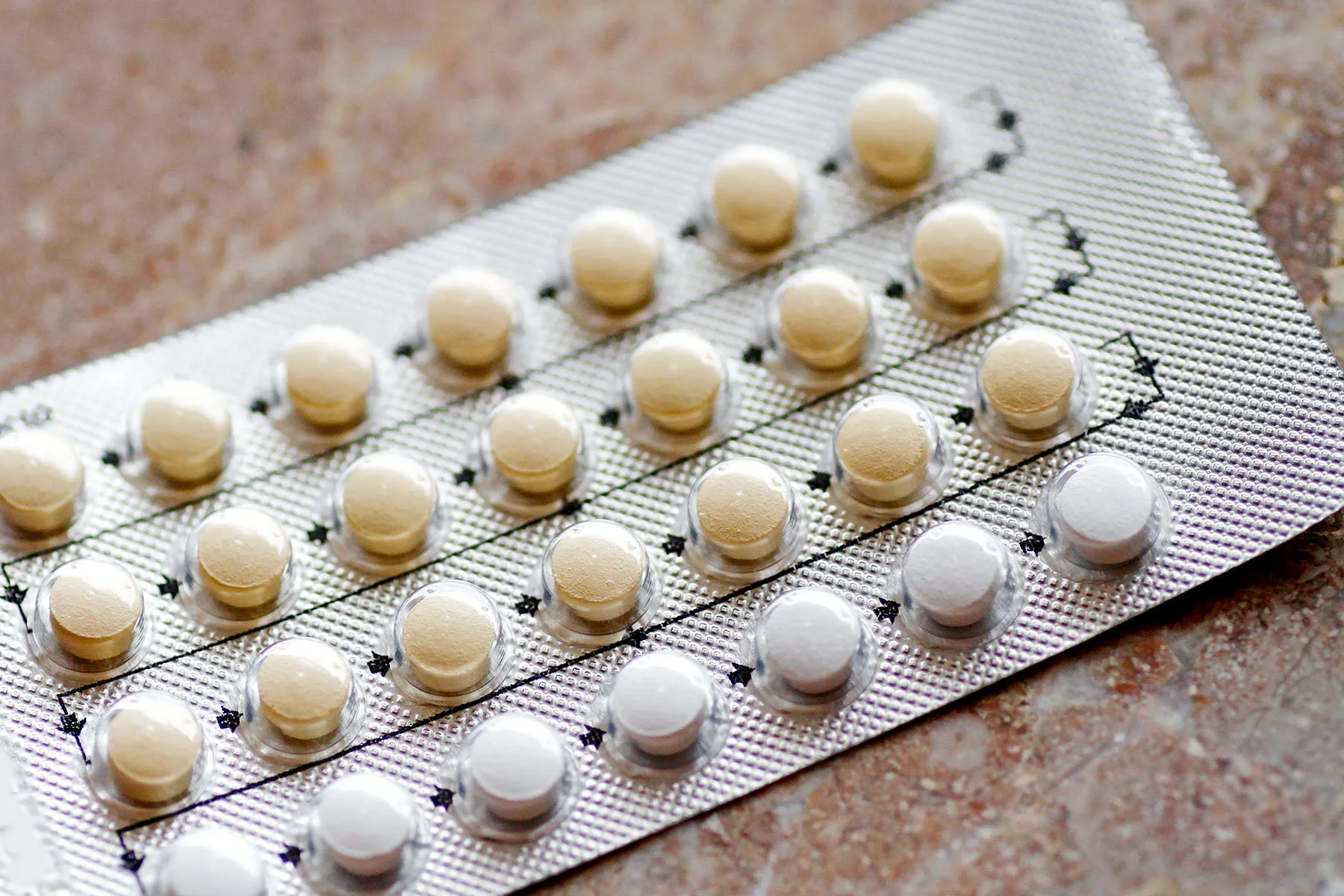Rheumatoid Arthritis: Do Home Remedies Work?
Kate Mitchell was 10 years old when she started having pain in her ankle. It wasn’t until she was 19 when she got diagnosed with rheumatoid arthritis (RA). And by the time she found medication that worked for her, she was 21.
In the meantime, she turned to remedies ranging from ice to acupuncture to feel better.
“I have tried many, many things over the years,” says Mitchell, of Boston, now 32.
People with rheumatoid arthritis often experiment with different treatments before finding the best way to handle their symptoms. Sometimes they’re searching for solutions before they’ve been diagnosed with RA, or because the RA medications they’ve been prescribed aren’t working well.
Alternative treatments can complement RA care, says Nilanjana Bose, MD, a rheumatologist at Lonestar Rheumatology in Houston.
“I like to be broad-minded when it comes to treatment options,” she says. “I realize there is no one-size-fits-all.”
People with joint pain often head to physical therapy or the gym to look for relief. Casey Howell, 36, started physical therapy when she got joint pain after having her first baby. She thought her pain was caused by weight she gained during her pregnancy. But even as she lost weight, she had frequent bouts of flu-like symptoms she now understands were RA flares.
“The PT helped a little bit,” says Howell, of Orlando, FL. “But what I’ve found is if you work out, you have to be careful because you can work out too much.”
Physical therapy can help RA patients, but it’s not a main treatment option, Bose says.
“Work with a good therapist who knows a little bit about RA and knows how to protect those joints,” she says. “We don’t want a therapist who will get the patient into very active hardcore exercises that might end up damaging tender or inflamed joints.”
For Howell, joining a fitness coaching program designed for people with RA was a game changer. Her coach gave her a stretching and exercise routine, advice on water intake and a healthy diet, and connection to other members in the program’s online group.
“At that time, I literally had to do movement in the bed,” Howell says. “As the program went on, I found myself being able to move from the bed to now being able to lift a 3-pound weight. Finding her was like a saving grace. That was a big turnaround for me: just having a coach there to help me with a routine and keep me motivated and not falling into that dark place.”
Choose low-impact aerobic exercise, like riding a stationary bike, swimming, and walking, Bose says. Strength training is OK, as long as it’s not too high-impact.
Mitchell tried to find relief by cutting foods from her diet after being diagnosed with RA. While eliminating hydrogenated oils didn’t make a difference in her symptoms, quitting gluten and dairy did.
“I don’t eat gluten, dairy, corn, soy, and eggs; all of them trigger my RA pain to varying degrees,” she says.
It’s OK to try elimination diets and to stick with them if they work for you, Bose says. There is no “RA diet” proven to work for everyone. But generally, eating an anti-inflammatory diet is a good idea.
“I keep it very simple,” she says. For instance, she recommends avoiding sugar and red meat, and eating more fruits, vegetables, and nuts.
When Howell’s first RA medications weren’t helping with her symptoms, she began getting IV infusions of B vitamins, calcium, and magnesium. They made her feel better, at least short-term, she says.
Vitamins are OK for people with RA, as long as they don’t overdo it. Bose says. “Even too much of good stuff can be bad,” she says. “Those vitamins are helpful, they might give them a boost, and just help them be more productive and more compliant [with their treatment plan].”
If you’re thinking of taking supplements, check with your doctor first so they can make sure that what you take won’t interact with your medications. You may also want to talk to your doctor or a registered dietitian about any dietary tweaks to max out the nutrients you get from foods.
Acupuncture can help control RA pain, Bose says.
She recommends going to a licensed practitioner. Acupressure and deep tissue massage may have a benefit, too. “It helps with stimulating deep tissue points, like pressure points, and that can help regulate some of the pain perceptions,” she says.
As for chiropractor visits, Bose notes some special concerns for people with RA.
“Chiropractic care we don’t recommend as much,” she says. “It’s OK to do it once in a while, but the problem with chiropractic care is you have to be careful with the spinal manipulation and not get into trouble with that.”
After she’d tried a series of remedies but still couldn’t care for her children and maintain her daily life, Howell saw a healer for spiritual energy clearing, using crystals and essential oils.
“At this point, I was desperate, I would try anything,” Howell says. “She would do the clearing and she was picking up that I was stressed and overwhelmed. That also helped to a certain degree, but I was still in the same position.”
Alternative therapies like this shouldn’t necessarily be dismissed, as long as they aren’t harmful and the patient feels a benefit, Bose says.
“I think a lot of it also comes from the faith of the person, how much trust they have for the healer,” she says. “A lot of things can get better when you just have the trust, whether it’s for the doctor or the healer.”
Bose recommends being open with your doctor about any extra remedies you’re trying. And remember that your RA medication is most important.
“I want to promote a safe space where [patients] can talk to me freely,” she says. “There is a role for a lot of these alternative treatment options. But I do emphasize to them that this is not going to treat your RA, so if you use it in exclusion to your meds, that’s not the right approach.”
Mitchell agrees. She now manages her RA with multiple medications, along with diet and chiropractic visits.
“While there are non-medication tools out there that work for me in some capacity, nothing has ever made as big a difference as medication,” she says.
For Howell, it’s the combination of new RA medication, daily exercise following her trainer’s program, massage, occasional IV infusions, and regular mental health therapy that helps her handle her symptoms.
“I’ve found that I need to do all of those things,” she says. “It’s a lot of investment, but at least I can say I am able to take care of my kids and I’m able to start living my life again.”










